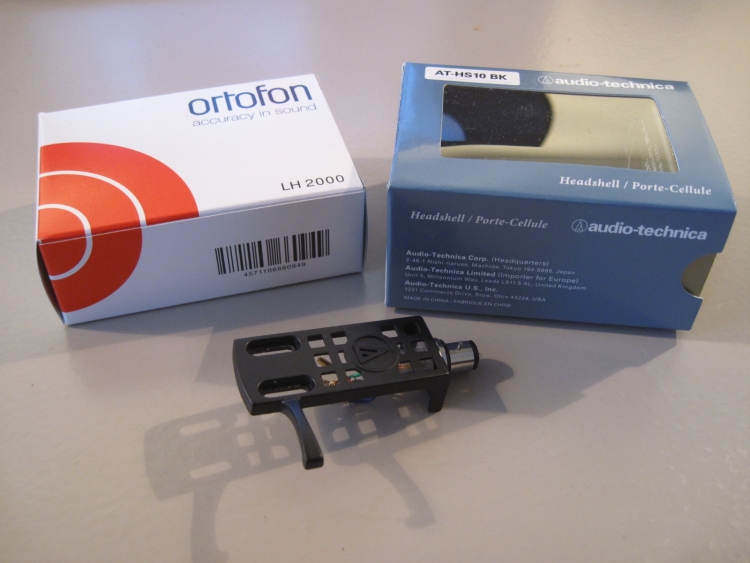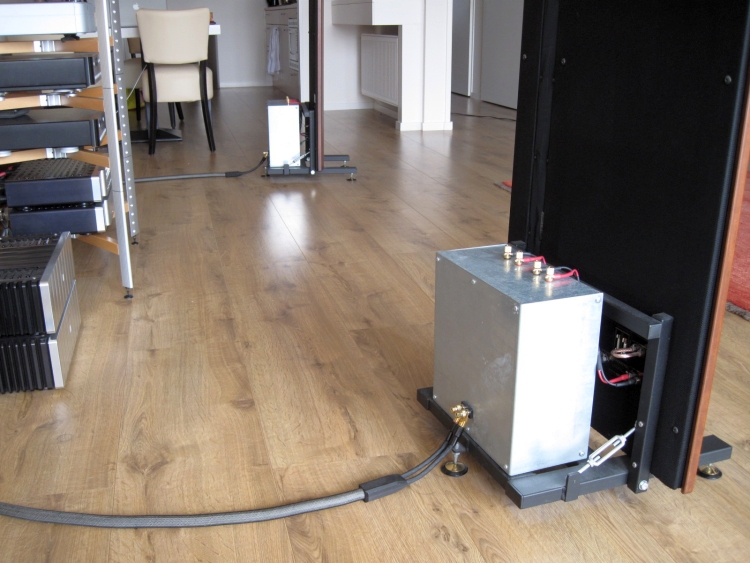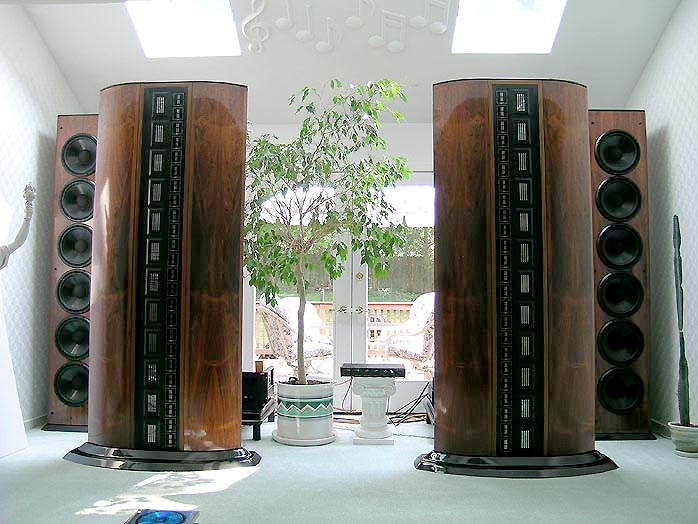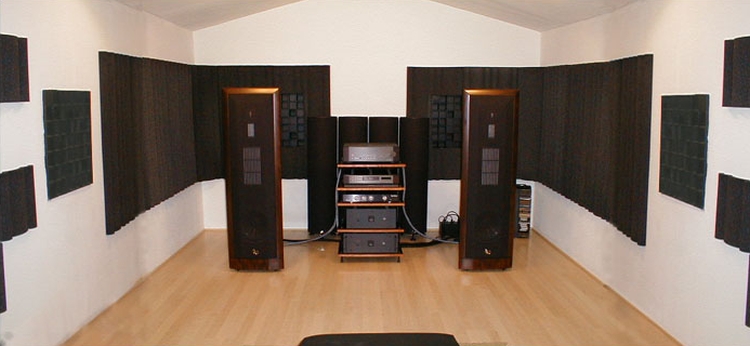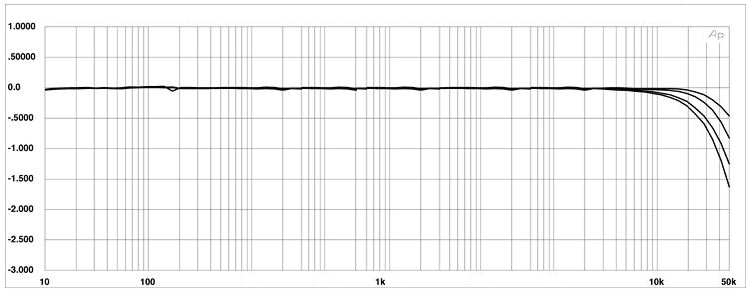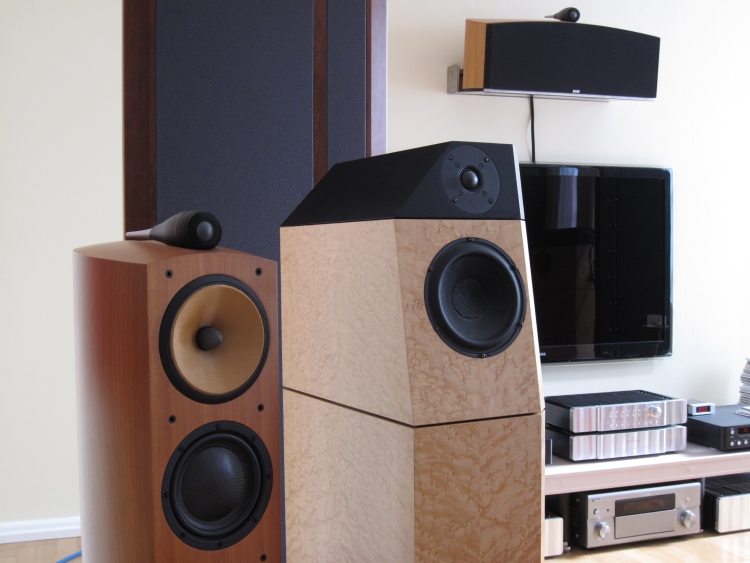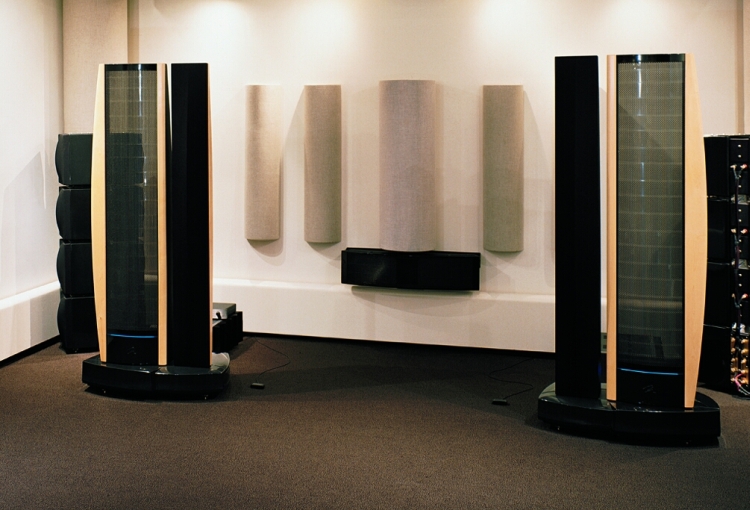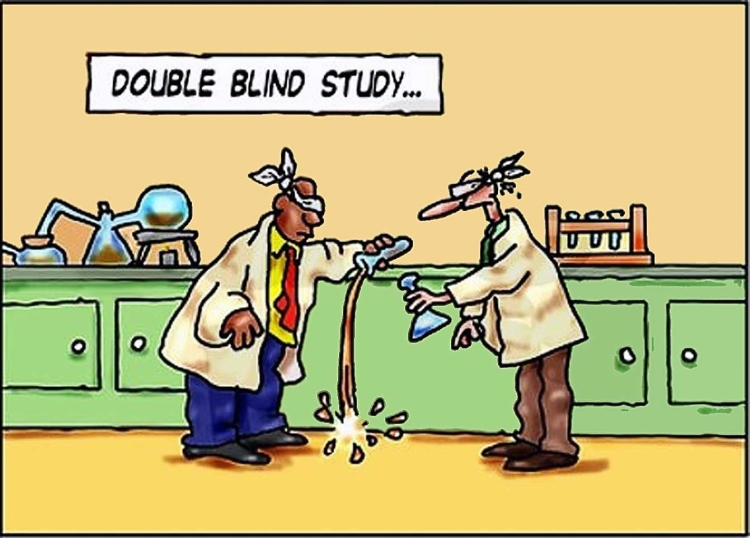
For a lot of skeptics, double-blind testing is the only valid method of comparing equipment, but is it?
Skeptics’ Point of View
For certain critics, double-blind testing is the only valid method for comparing equipment. Double-blind refers to the situation in which both the person conducting the test as well as the person listening to the products should be unaware of which product is being tested. They could be hidden behind a curtain for example, or the test persons could be wearing eye patches. Skeptics say that you may otherwise be biased, prejudiced, hearing your wallet or just want to believe so badly that you start hearing things.
My Point of View
While there is absolutely some truth to the above, I found that as long as they are easy to distinguish, the differences can be reliably observed without the need to be blindfolded to be sure of my findings. Even I was a skeptic myself in the beginning and I did my share of blind tests. Still, I always listen as objectively as possible. There is just no point in finding more expensive cables better simply because they are more expensive. It’s not that I NEED or WANT to spend more than necessary on any audio accessory!
But I still test myself every now and then, by having friends swap cables while I can’t see what they are connecting and then identify them by hearing. And, so far, I’m never wrong. Even when they said they swapped the cables but secretly left the same cable connected, I could hear this, proving that I am not fooling myself. In my opinion, double-blind is one road too many, and usually not necessary in my case.
However, I do agree that sometimes differences can be quite small or even inaudible and in these cases I do test blindly and if I can’t hear the difference, well, then there’s no difference or it is too small to be concerned about.
I would never claim that expensive is always better. It happens often that a regular cable fits a certain setup better than a high-end one. This is to do with synergy. The combination you make is always more important than the price (and, in some cases, even the absolute quality) of the individual components. It is also true that you need to spend more and more money in order to get increasingly smaller increments in quality. But, honestly, I can’t say that I have ever heard two components that sound exactly alike. There are even differences to be heard among the various inputs on a Jeff Rowland Synergy preamplifier and yes, I did confirm this in a blind test. Call me crazy. But if your system has a high resolution, you too will hear even the most minute differences as long as you keep an open mind. Whether they are important to you, or worth the outlay is a different matter.
What about the reviews on this site?
Initially, I listen to components or cables by myself, casually at first. Even in this stage I usually quickly hear a few things that grab my attention. Often I cannot resist the urge and swap back and see if my suspicion was correct but then always give the component more time, sometimes days, sometimes weeks, sometimes even longer. When I find that my suspicions are correct I try the disprove them to myself by swapping more and playing more (different) music or using other sources or cables. When I have formed my opinion I then either take the component or cable to a friend or invite friends over. It is crucial that I then do not tell them too much about the product under review. I just let them listen until they too have formed an opinion and then see if their experience matches mine. Most of the time their opinions match mine but whenever we disagree, we do more testing, change sources or cables or even move the component to another setup at another friend’s house until I am sure to have a complete picture of the component under review.
So rest assured, I will always try to be as objective as possible and will write whatever opinion I have about a given product, no matter the pedigree.
